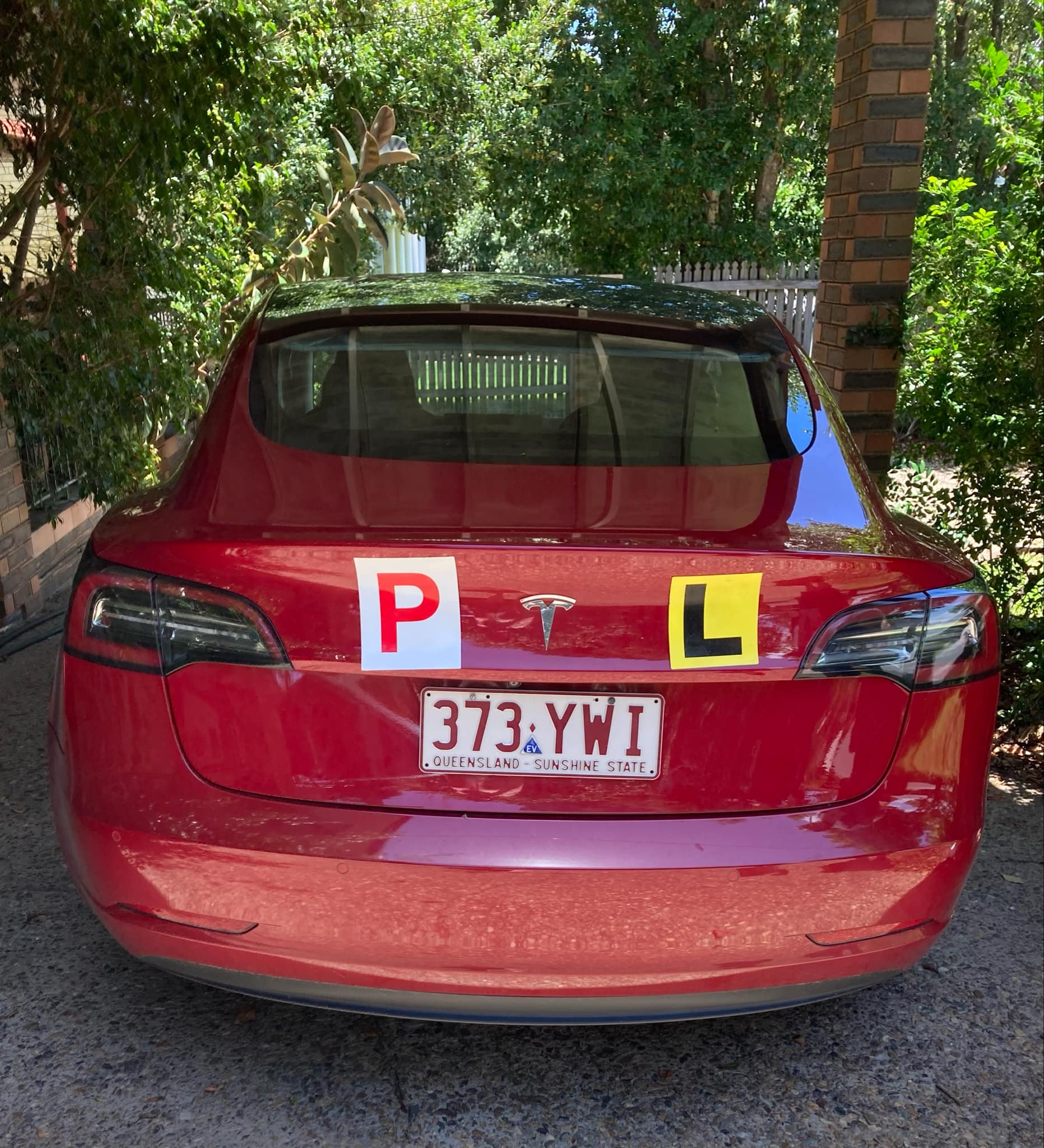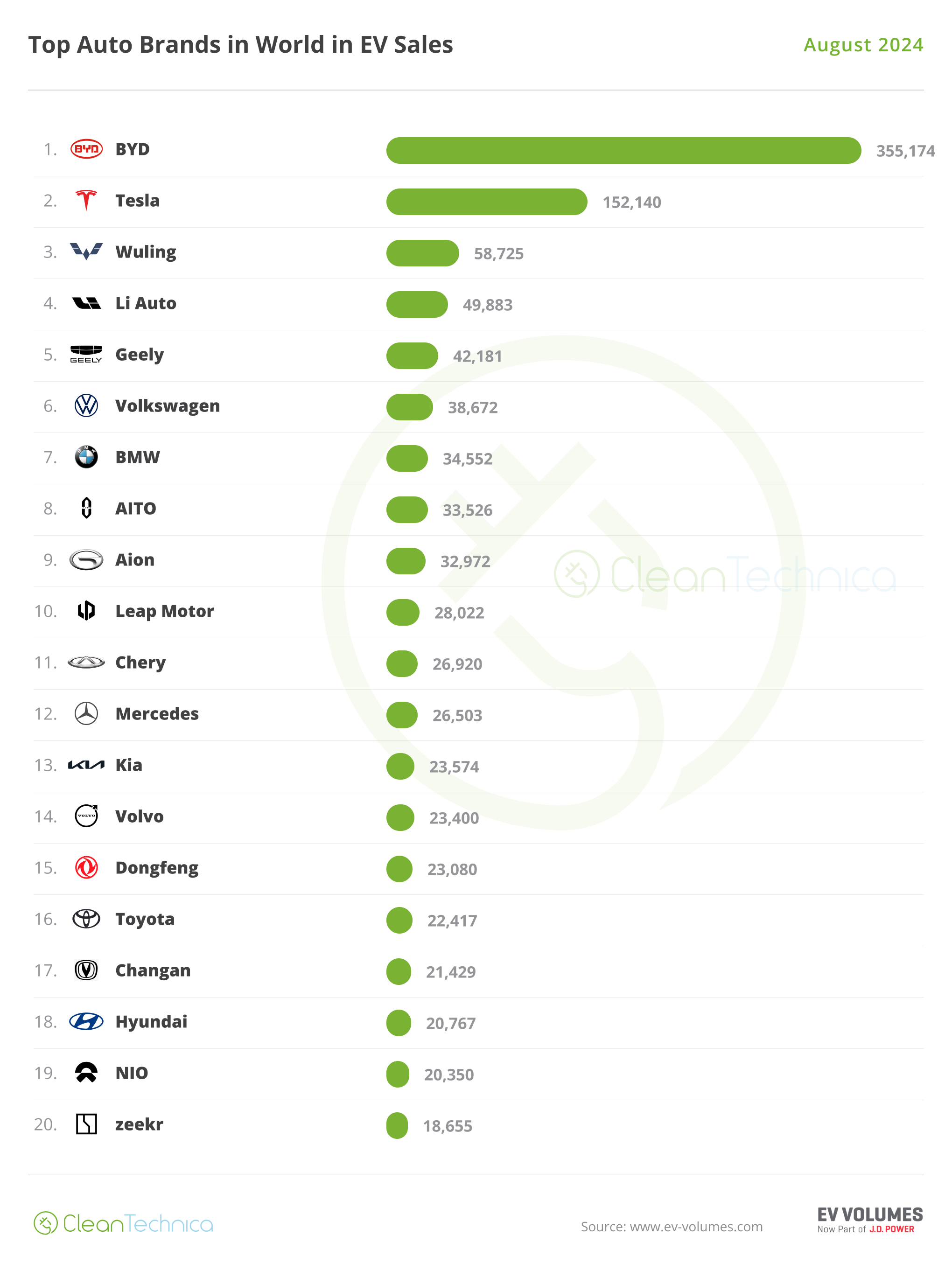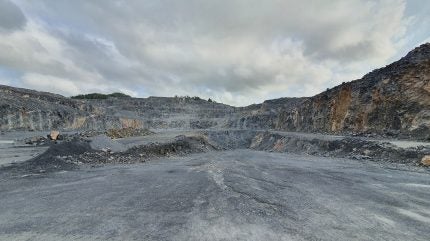American Lithium Corp. [LI-TSXV; AMLI-NASDAQ; 5LA1-FSE] reported details of assay results from three diamond drill holes recently drilled at the Falchani lithium project in Puno, southeastern Peru.
These three holes were drilled under the 10-hole environmental impact assessment (EIA) hydrology drilling program launched at Falchani last fall as part of the EIA hydrology study designed by EDASI SAC and SRK Peru with fieldwork overseen by EDASI. This program has successfully demonstrated that there are no water table issues within proposed development areas across Falchani and the program has also enabled the drilling and analysis of core down to a depth of 120 metres. Once full results from this program are complete, all data and assays will be incorporated into an updated resource report on Falchani to be prepared by Stantec Consulting Inc.
Core logging and assay results from these three diamond holes intersected intervals of typical Falchani volcanic tuff, as well as large sections of breccias with highlights, including lithium up to 5,645 parts per million (ppm) and cesium (Cs) up to 1.22%, the highest grades of both metals encountered to date from one-metre drill core interval samples at Falchani. These holes were drilled in key areas both within and outside the current Falchani resource footprint and will add additional information to the planned mineral resource estimate update with a focus on expanding the overall resource and reclassifying the existing resource. Full details of the results from these three holes are set out below.
EIA drill program and initial results: EIA diamond drill hole Pz04-TV (vertical) intersected lithium mineralization over the entire vertical drill hole; 0-120 metres averaged 2,186 ppm lithium; 841 ppm Cs; 1,215 ppm rubidium (Rb); and 2.62% potassium (K).
Several substantial subintervals of over 3,000 ppm Li intersected; Maximum Li of 5,645 ppm Li over one metre at 54 metres downhole. This drill hole is the westernmost drill hole reported at Falchani and extends the drilled mineralization approximately 250 metres further west. Mineralization remains open at depth (over 120 m).
EIA diamond drill hole Pz03-TV (vertical) intersected the strongest cesium mineralization to date with associated moderate lithium mineralization over the upper 63 m downhole averaging 1,428 ppm Li; 4,770 ppm Cs; 1,188 ppm Rb; and 2.67% K. The upper interval (zero to 23 m) is richer in Li with the lower interval (23 to 63 m) much richer in Cs, including the highest one-metre Cs interval sample encountered at Falchani of 12,160 ppm Cs (1.2 per cent Cs).
Cs mineralization is associated with more intense brecciation and hydrothermal overprint observed in this hole, drilled from within the natural valley separating the east and western parts of the Falchani resource. This hole establishes the deposit thickness/bottom within the valley.
EIA diamond drill hole Pz06-TV (vertical) intersected typical Falchani tuff over the entire 86 metres drilled and analyzed to date averaging 2,739 ppm Li; 338 ppm Cs; 1,292 ppm Rb; and 2.87% K; drilling at this location continues in Li mineralization.
Groundwater has yet to be encountered in any holes within the 120-metre reporting drill depth, so EDASI and the company are requesting permission from ANA, the National Water Authority, to drill deeper:
Simon Clarke, CEO, stated: “We are excited to have intersected thick, high-grade lithium mineralization west of the current Falchani resource footprint, which should allow for resource expansion. The strong cesium and lithium mineralization encountered in the central valley bisecting Falchani is also very interesting from a strategic perspective with higher than previously recorded cesium grades. The entire EIA program will provide valuable additional data to the existing drill results from Falchani.
“We are also very pleased to be back working constructively and successfully in Peru. We received the first new permits for the new Quelcaya targets several weeks ago and have also launched a new drill program on some of our best targets across the Macusani Plateau. We anticipate receiving our next drill permits for additional infill and expansion drilling at both the Falchani deposit and the Macusani uranium project shortly. Expanding and reclassifying the resource is a key piece of the updated PEA we are targeting for the end of Q3.”
American Lithium is currently focused on the continued development of its strategically located TLC lithium claystone project in the richly mineralized Esmeralda lithium district in Nevada, as well as continuing to advance its Falchani hard-rock lithium project and Macusani uranium project in southeastern Peru.




